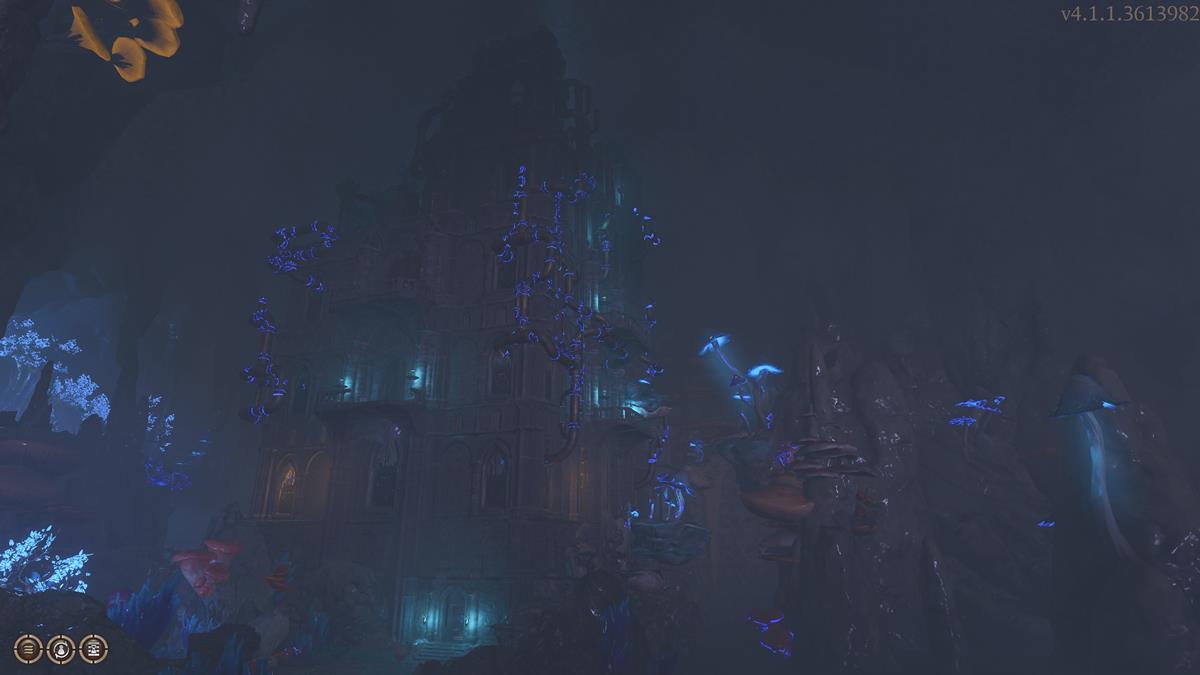The video game console controller grants power to those who possess it. Siblings fight over it, and parents confiscate it as punishment. While the controller does not discriminate, game developers and publishers are not taking into account one of the biggest groups of gamers wielding the power of the controller.
I decided to create “Invisible Wall” for two reasons. First, the controversies of developers not creating playable female characters, and of females being threatened by gamers, were all gendered issues. Thus, they were all related, especially as they happened over the course of one year. I feel like there were too many reactionary arguments that were based on emotion and opinion instead of objective documentation.
The second reason was that I wanted to explore how females navigated the gaming community. It was important to present who these female gamers really were, not just the social constructions of them. A lot of stories address the issue as they should, but they do not present how a typical female gamer goes about validating her sense of self or how they game differently because of the events playing out online and in the media.
History has shown that “GamerGate” comes and goes, no matter how it is used. While the new year may bring a calm for female gamers and developers, never before has the industry seen this many females who play and invest in games. If the number continues to grow, even by two percent, it will further change how gendered gamer issues are handled and addressed. The strength in numbers provides an opportunity to break any potential for cyclical flareups.
“Invisible Wall” was not meant to set an agenda. The documentary’s purpose is to be another properly made and credible document in the history of video games and social issues. It is a speck of information in the spectrum of events. While the facts are verified and credited, the stories give it a human interest intended for an entertainment value that the viewer can enjoy.
When organizing and presenting the information, it was important to follow the development of a certain feeling or thought behind any actions. There were various groups, and thus, various viewpoints, all helping define what the issue was and contributing to the conversation about it.
I would like to thank everyone who was a part of “Invisible Wall” for being an important contribution, including GameSkinny senior editor Jay Ricciardi for agreeing to an interview. Not only did they help tell the story, but they assisted in providing documentation that goes beyond numbers and quotes. Their time and consent were both generous gifts.
I am excited to release this documentary as a body of work that combines both storytelling and researched information for viewers to enjoy. Thank you for taking the time to watch my first ever documentary.





Published: Dec 18, 2014 11:19 pm